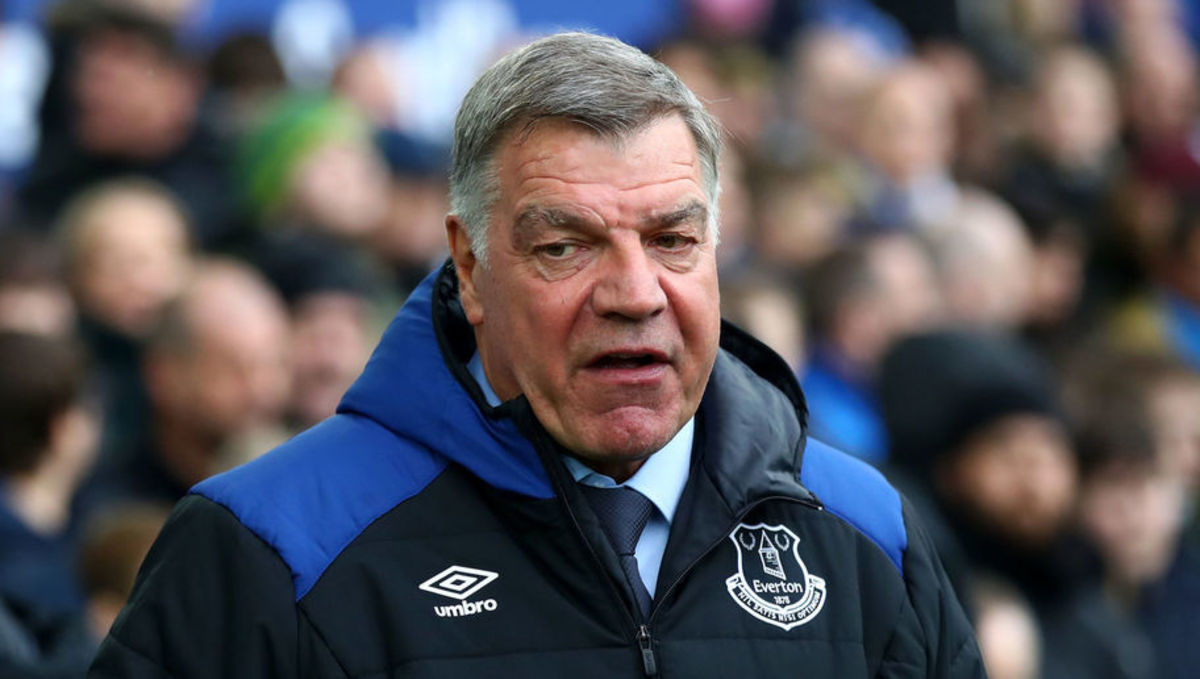Everton Performance Director Reveals How Training Has Improved Under Sam Allardyce's Watch

Everton's performance director has revealed how the club's training sessions have improved under his and Sam Allardyce's watch.
Ryland Morgans, who worked alongside the 63-year-old at Crystal Palace and with the England national team, spoke to Everton's official magazine (via Liverpool Echo) about the tweaks that have been made to training drills since Allardyce's appointment in late November.
The Welshman was drafted in by Allardyce just a couple of weeks after he took up the reins at Goodison Park, and Ryland's use of the latest technological innovations have helped to increase fitness levels among the first-team squad and reduce the number of injuries suffered.
He explained how Allardyce had become a big proponent of using data analysis to determine when players needed resting, and why a change in training session time and intensity was bearing fruit on the pitch on match days.
He said: "We changed how we trained, on what days and what time we trained, as well as what we did on each particular day. It's not just about what the players do in training, but how they recover.
"What the manager's excellent at is taking on board information about players' training and match loads and, if there's a need to modify a player or do more work with a player, he's always open to that.
"Also, if we're trying to reintegrate a player into training or match play [after injury] and we recommend, for example, that it's probably ideal they play between 60-70 minutes of their first game back in the Premier League - and that'll be different for every player - he's excellent at doing that.
"That helps us make sure players progress quickly but safely."
Everton have been able to welcome back long-term absentees such as Seamus Coleman and Leighton Baines in recent months and, a couple of lengthy injury periods on the sidelines for the likes of James McCarthy aside, have seen a reduction in the number of knocks and strains.
(You may also be interested in FanView: Sam Allardyce Should Fear Everton Sack As List of Potential Replacements Grows)
Morgans puts that down to how the club's sports science team has helped reshape recovery sessions and nutrition, and added that soft tissue injuries in particular had markedly decreased.
He said: "The manager's big on technology, so that's great for me if we're trying to make modifications for a player based on GPS or match data - he's very open to allowing those modifications to occur.
"There's a science behind the training we do and we apply that in every session. We're also big on recovery strategies and nutrition.
"We've now got data to show us that we're out-sprinting several of the opposition teams recently and our injury rates, certainly in terms of soft tissues, have come down over the past few months."





